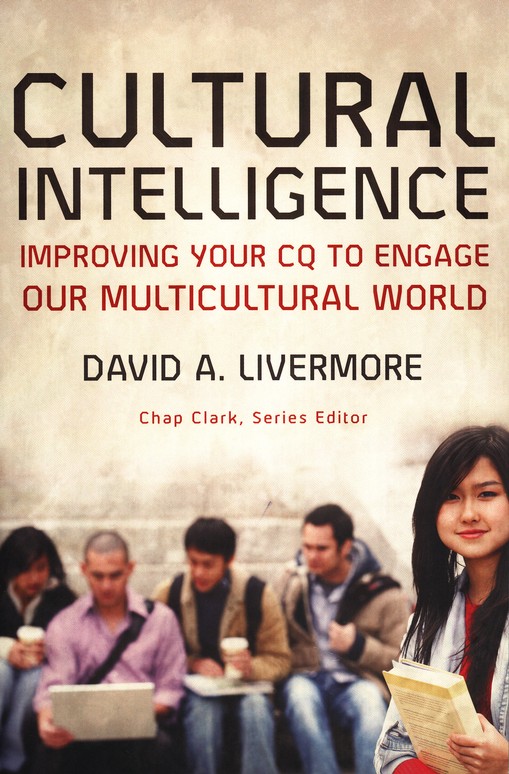David A. Livermore: Cultural Intelligence
 David A. Livermore, Cultural Intelligence: Improving your CQ to Engage our Multicultural World (Baker Academic, 2009), 288 pages, ISBN 9780801035890.
David A. Livermore, Cultural Intelligence: Improving your CQ to Engage our Multicultural World (Baker Academic, 2009), 288 pages, ISBN 9780801035890.
What is ‘cultural intelligence’ and why is it important? In today’s multicultural and multilingual world, it is more necessary than ever for church leaders and lay believers to learn how to express “love and respect for people who look, think, believe, act and see differently than we do” (11). This becomes all the more pressing when we realise that several different generations or even nationalities may be present in the churches and communities in which we live and worship. This is the driving force behind David A. Livermore’s excellent introduction to cross-cultural work and ministry. This guide is suitable for all leaders who have a heart to “reach across the chasm of cultural difference” (11) and, in this reviewer’s opinion, is destined to become a classic in its field and the benchmark against which future works will be based.
The book is split into four parts, covering the four areas of cultural intelligence (shortened to CQ), a new model for cross-cultural work and reflection. In the first part, “Love CQ,” Dr Livermore argues that the basis of all successful cross-cultural work must be genuine love for others and not simply “politically correct tolerance” (20). Only once we are sure that this is our foundation can we move on to actually learning about other cultures.
The second part, “Knowledge CQ,” maps out the contours of culture as a concept and gives examples of its different representations in everyday life. In chapter 4, for example, the author summarises the typical values of the prevailing socioethnic culture of the USA, while in chapter 5 he wrestles with the complicated task of defining culture. The last three chapters of this part cover the nature of different cultural domains, from socioethnic to organisational culture (chapter 6), the relationship between language and culture (chapter 7) and a general overview of a variety of cultural values, overlaid on a series of sliding scales (chapter 8).
It is more necessary than ever for church leaders and lay believers to learn how to express “love and respect for people who look, think, believe, act and see differently than we do.”
The second deficiency is that in chapter 5, where he sets out to define culture, no settled definition is actually presented. Instead, we are offered a handful of “useful” definitions and a tour around common metaphors used in discussions of cultures (80-81). While it may indeed be true that the very nature of culture makes it difficult to define, and while previous definitions may not have been too helpful (80), the lack of a settled working definition here is disappointing.
Category: Ministry, Pneuma Review, Winter 2010


